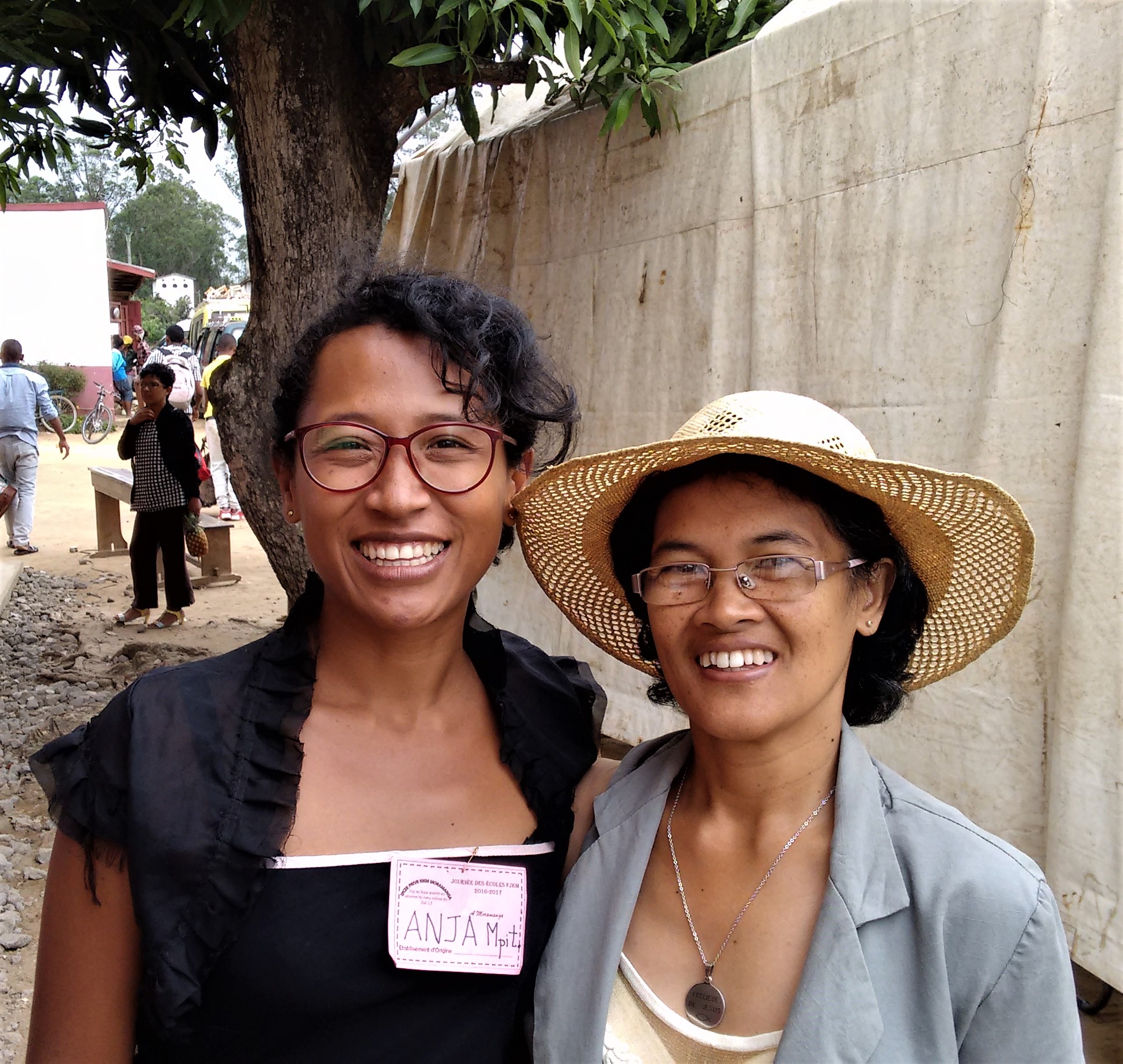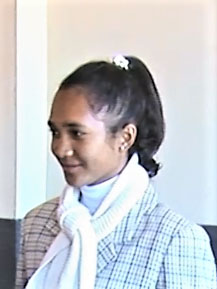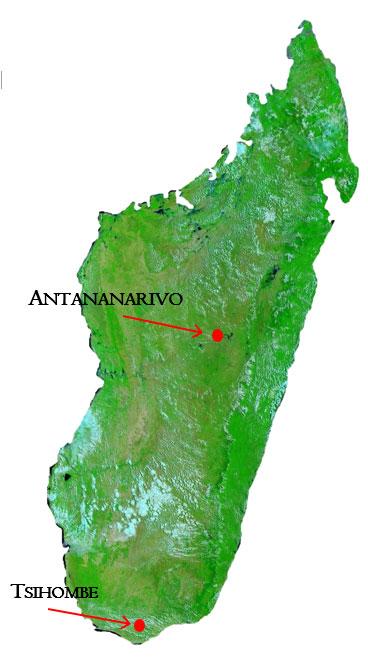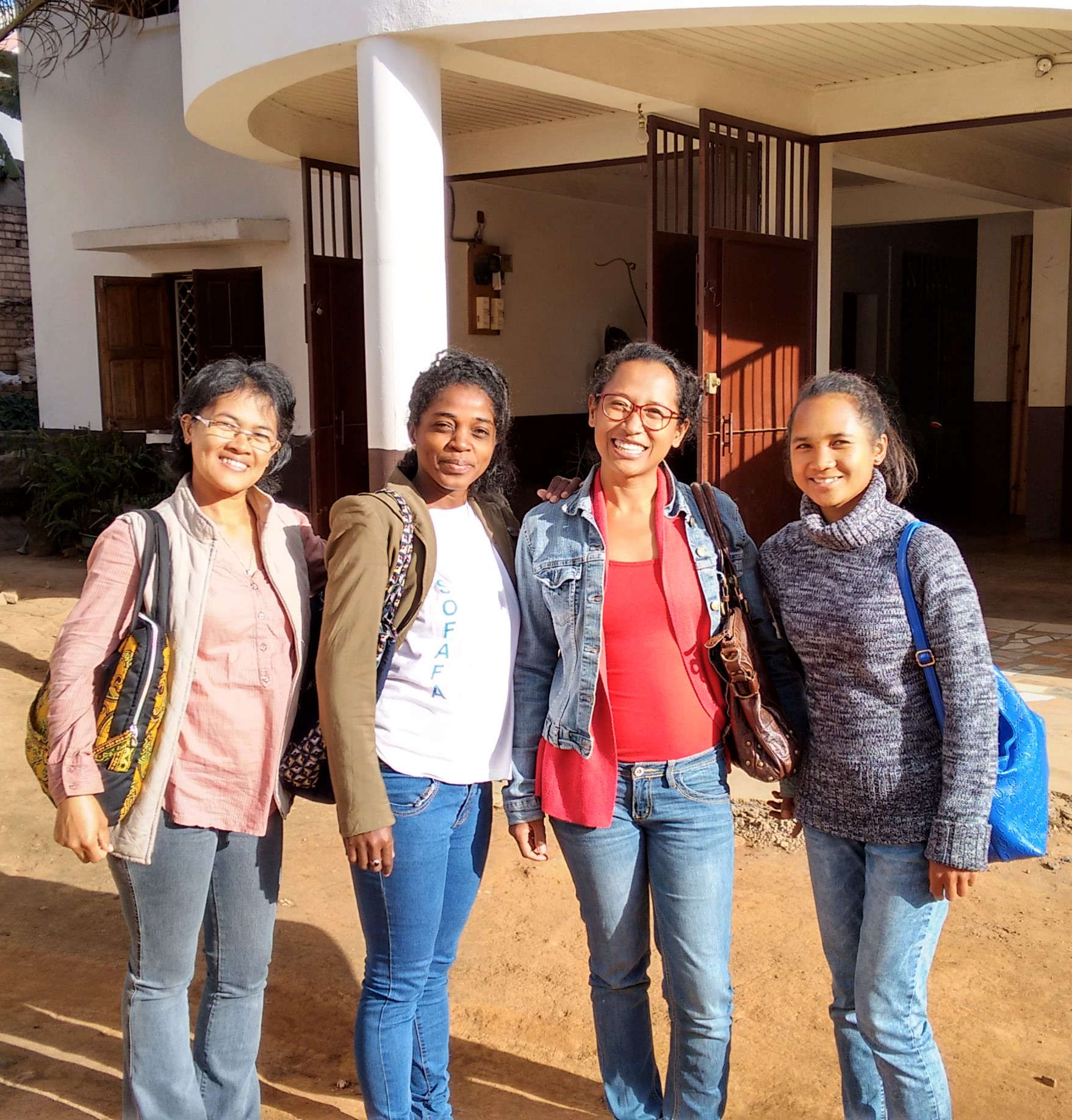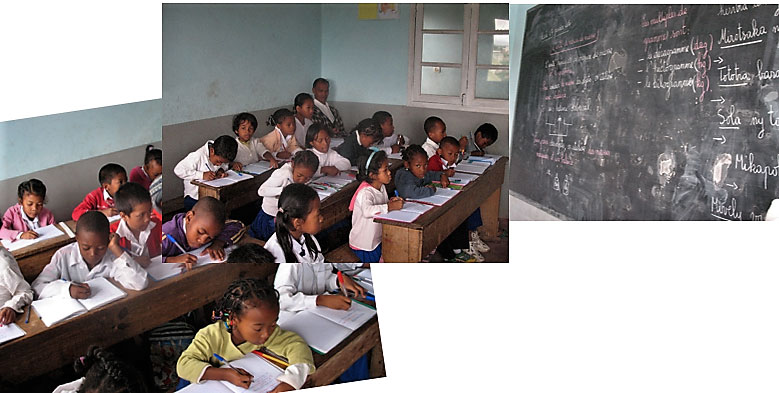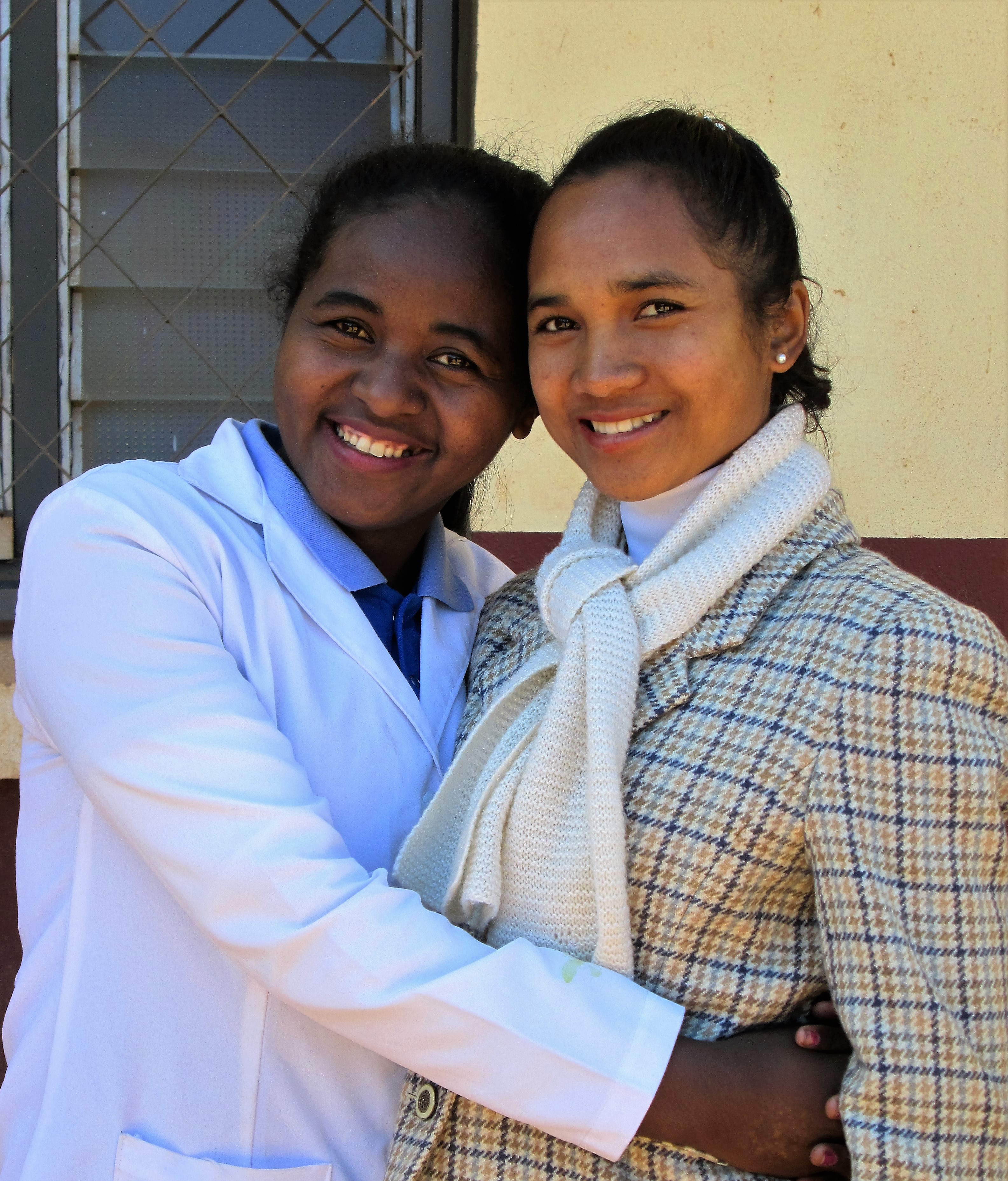A letter from Jan Heckler serving in Madagascar
June 2017
Write to Jan Heckler
Individuals: Give online to E200490 for Jan Heckler’s sending and support
Congregations: Give to D507556 for Jan Heckler’s sending and support
Churches are asked to send donations through your congregation’s normal receiving site (this is usually your presbytery).
The EBMI Project[1] is one of the largest, most complex projects on which I’ve ever worked. In short, we hope to share the especially effective methods of teaching known as EBMI with 3,600 teachers and administrators of the PC(USA)’s partner church here, the Church of Jesus Christ of Madagascar (or, FJKM, as it is called when abbreviating the Malagasy equivalent). Madagascar is the fourth largest island globally and about twice the size of Arizona.
It also has about 1/45 of the paved roads found in the U.S. Even getting to many of the FJKM schools is a challenge by itself, or for that matter, calling them, emailing them, etc. The non-paved roads can also quite often be troublesome because some cannot be traversed at certain times of the year, even with all-terrain, four-wheel vehicles.
To deal with the size and complexity of the problems this project poses, we must think outside the box at all times and be ready to use multiple solution paths in order to cover all the possibilities that present themselves. For instance, four out of five teachers have never been trained to teach before beginning their work in classrooms, and at least 22 dialects of the Malagasy language are spoken across the island.
As things stand, teachers for the most part just write the lesson from a book on the board and have students copy it. No discussion, demonstration, or interaction. Passing criterion nationwide in FJKM public schools is just 50% (except when they were 45%!).
When learners only learn 3 out of 5 things they need to know in order to succeed the following year (e.g., more so in things like math, science and languages), then each year learners become less able to continue on. They are more vulnerable to being afraid of and frustrated at school. Madagascar has the sixth worst completion rate in the world for the primary grades. No one here is puzzled by this with such a low standard and low level of achievement. So, even a lengthy transition to an effective set of teaching methods will be worth the effort—once completed, the new methods will help more than 150,000 learners improve to average 90% or even higher on cumulative final exams.[2] (See a simplified project planning chart below).
One way we deal with the complexity of this project is to plan and follow the parallel development of the project’s major components, identifying points of interdependency, honing our understanding of optimized sequencing, and improving the common use of fiscal and human resources. See a simplified project planning chart below.
In particular, the rollout strategy—the “how do we actually share the new methods” heart of the project—is one of the greatest questions looming over us. On the one hand, it is clear from the work of others (e.g., Thomas R. Guskey of the University of Kentucky[3] that teachers generally will not adopt for permanent use those things taught to them in workshops and short-term classroom training sessions that last only a few days or weeks. They simply return to their classrooms and do what they’ve done before.[4] I think many of us would agree that this outcome is likely not limited to teachers alone.
A lot of the methods to be shared are actually quite old – things like feedback, reinforcement, modeling and guidance, things that the apprentice model used for centuries and our own mothers used to teach us how to dress. Yet effectiveness in the classroom depends on precision in the use of these methods, which are now called “best practices.” These are things that research has identified as the crucial factors of use that make the difference between 60% and 90% on final exams.
So our rollout model is built on a reliance on teacher educator/coaches (TTCs)—people who are experts in EBMI and who will be in the schools coaching, providing continuing feedback and praise when the methods are used correctly and the learners learn better. Still, we cannot provide a coach for every teacher, not even every school. Yet one idea has come up and in at least some instances. Maybe we can.
While in Moramanga recently participating in FJKM’s National School Days Exposition, Vololona (our deputy project administrator) and I met the Rev. Anja (an-dzah) Johnarson, a remarkably talented and industrious minister from Tsihombe in the southern part of the island. Pr. Anja is an ordained minister and the headmistress of her school as well. She’s establishing a primary school from scratch where she and her husband live with their two young boys, and she has already developed the new school’s 1st and 2nd grades.
Because of her interest in our project, Pr. Anja suggested that perhaps at least some headmistresses and headmasters could be trained as TTCs. Then, the “head” could be not only the lead trainer for that school but also be part of a permanent reservoir of expertise.
A great idea to be sure, but we needed to try it out on someone first to see if the idea really had merit and, if so, how many and what kind of ‘bugs’ there might be that we would have to work through in order to make the idea useful. Well, the Lord moved Pr. Anja to volunteer as our trial person, and she is here now for four full weeks of intensive training.
During this period, she is participating in one of the schools we’re working in, observing one of our best people, Mampion Rasoanomenjanahary, during mornings. In the afternoons, Pr. Anja is debriefed, has her questions about her experiences answered by at least two or more members of our “core” team and is then instructed more formally in more than 60 pages of text concerning the “best practices” of EBMI’s most “essential elements.”
Her role in the school, just as in the apprenticeship model, will advance slowly from simply observing to becoming an independently functioning TTC under the supervision of Mampion. Once she returns to Tsihombe, we will further test the idea not only by how well she is able to train her own teachers, but also by how well we can support her, primarily through Skype, cell phone and e-mail.
If we are able to make this approach work and then use it on a larger scale, it could resolve a number of issues plaguing expansion of the project, including the huge distance problem that exists between Antananarivo and Tsihombe (see map!), reducing the cost of training every teacher ourselves, finding and placing enough TTCs and the language problem we will run into. Yes, as a matter of fact, though Malagasy is spoken throughout the island, 22 dialects often make it difficult for people from one area to be understood by another. So, this plan, if we can make it work, seems to overcome both regional variations of the language and distance obstacles to a successful transference of this teaching technology.
Your gifts of prayer and financial support are what make the PC(USA)’s partnership with churches like the Church of Jesus Christ in Madagascar and the sharing of effective methods of teaching in the EBMI Project possible.
You are here in Madagascar with Pr. Anja and the rest of our EBMI team as we try to address a major contributing cause of poverty, one of PC(USA) World Mission’s critical global issues (CGIs)[5]> . We are all joined together because you enable the PC(USA) to be here and you join us through prayer and in helping shoulder the responsibilities of a long-term relationship between our two churches!
I ask you to do what you are able to in order to help us continue our work here and to further the work the PC(USA) and the FJKM are doing in their partnership. Also, I will be in the U.S. on my interpretation assignment (IA) by October 1 and would appreciate your considering inviting me to visit your congregation to share with you further about our mission in Madagascar.
I thank you for the generous support in the past. But still more is needed if our work is to continue. My ministry was underfunded once again in 2016, achieving only half of the desired amount, so more help is needed. Also, PC(USA) World Mission’s fiscal challenge continues. Though one-time gifts are always appreciated, gifts made on an annual basis are needed if our work is going to continue in robust fashion.
If you are able, please consider making a gift in support of our mission in Madagascar. And, if you are already giving, please consider increasing your gift. PC(USA)/World Mission, the FJKM, the EBMI team, and I will be most grateful. Thanks be to God for the privilege of serving, and many thanks to each of you who supports and accompanies me on this life-transforming journey of hope and faith.
Jan Heckler
Antananarivo, Madagascar
[1] EBMI stands for “evidence-based methods of instruction.” EBMI was created and named for the means by which its composite methods were identified—solely by the peer-reviewed, oft-replicated evidence in support of each method’s efficacy in producing superior academic achievement. The only exception to this is when a method (e.g., computer -assisted instruction) relies on other technologies (e.g., electricity) to work. Then that method was eliminated, since many places where EBMI is to be used will not have electricity, cell phone network coverage, Internet, and so on. EBMI works anywhere with any curriculum.
[2]Average scores in FJKM schools across grades and subjects are about 60% correct on cumulative final exams. This may be lower in rural regions. So far in a number of schools EBMI classes are averaging over 90 percent.
[3]Guskey, Thomas R., ‘Professional Development and Teacher Change’. Teachers and Teaching: Theory and Practice, Vol. 8, No ¾, 2002.
[4]For instance, the follow-up study, funded by the World Bank and done by Mekele University in Ethiopia, revealed that after millions had been spent to institute change in teacher behaviors almost no meaningful changes had been made. The teachers simply reverted to behaviors and routines with which they had grown most accustomed.
[5]The other two CGI’s that address evangelism and reconciliation are also advanced by dramatic improvements in education.
![]() You may freely reuse and distribute this article in its entirety for non-commercial purposes in any medium. Please include author attribution, photography credits, and a link to the original article. This work is licensed under a Creative Commons Attribution-NonCommercial-NoDeratives 4.0 International License.
You may freely reuse and distribute this article in its entirety for non-commercial purposes in any medium. Please include author attribution, photography credits, and a link to the original article. This work is licensed under a Creative Commons Attribution-NonCommercial-NoDeratives 4.0 International License.

